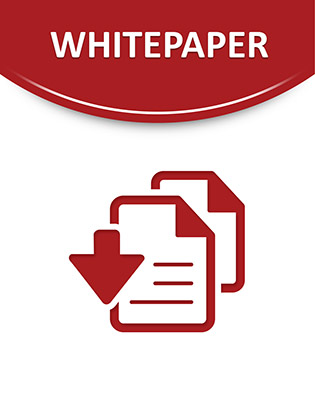3 Best Practices for Reducing Exchange Downtime

Messaging has rapidly become the one, true business critical application in use today by many, probably most, enterprises. Any failure in the messaging system is noticed by and affects everyone. If a person cannot get an e-mail to or from another person then they are immediately in contact with the help desk to report the problem. Users are far less inclined to be forgiving when it comes to an e-mail outage; they just expect it to work.
Although there are many e-mail platforms available, Microsoft Exchange is by far the most dominate with a commanding 65-percent share of the overall market (Ferris Research, 2008). The market dominance of Exchange is demonstrated even further within particular industries, such as health care, where the share total is closer to 90-percent. Microsoft Exchange has been around for over a decade and is now in its eighth iteration. Since its debut, there have been vast advances in software and hardware technology. During this period, Microsoft has taken full advantage of these, evolving Exchange into an enterprise-class messaging platform with emphasis placed on ease-of-use for users and admins (deployment and management). Furthermore, Exchange is highly scalable, available and reliable, as a result of years of testing and refinement.
As a result of Exchange's ubiquity in messaging, those companies that stray from its implementation usually hear complaints from end users for a variety of reasons, most notably the fact that other systems do not fully integrate with Exchange's formatting functionality or scheduling features, to name a few. Therefore, implementing Exchange has become a competitive requirement, to keep pace with the dynamic business community.
